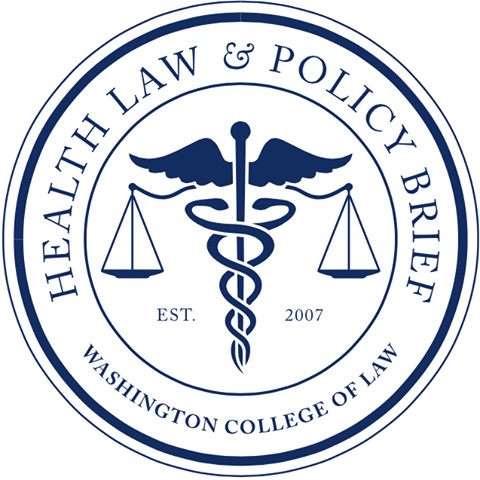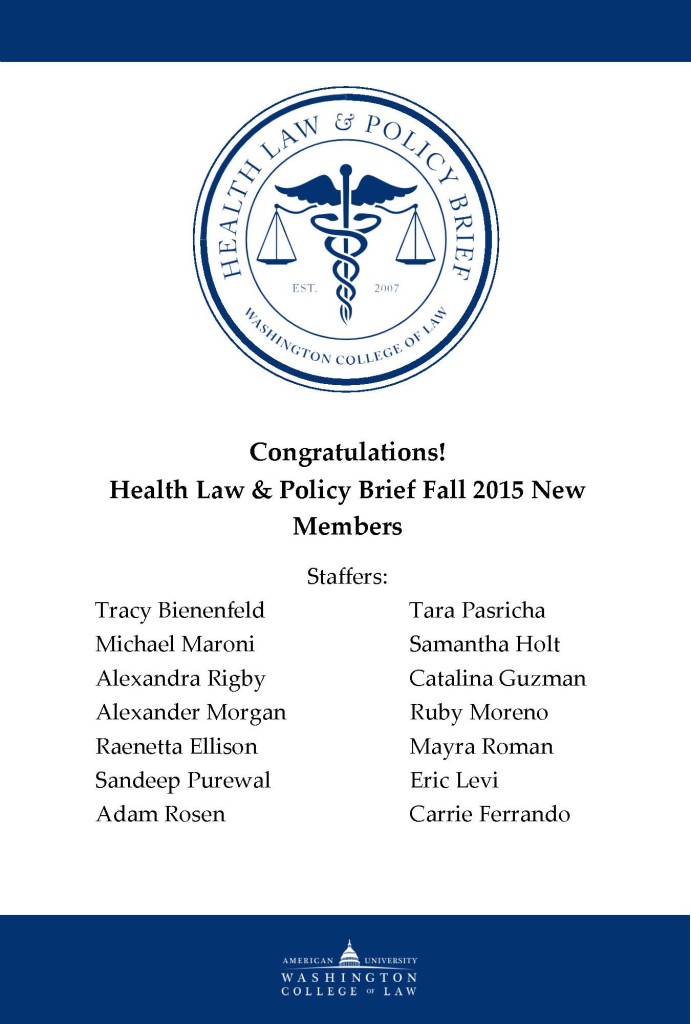On Monday, October 5th, just a little over the week before the deadline, Governor Jerry Brown signed into California state law the End of Life Option Act. The act would allow adults suffering from a qualified terminal illness to be prescribed a life-ending drug. On September 14th, the California Legislature passed the act, but it was unclear which way the governor would go. The Bill passed forty-four to thirty-five in the Assembly, and twenty-three to fourteen in the Senate. California is now the fourth state with such a provision alongside Oregon, Washington, and Vermont.
The bill is modeled after the Oregon Death with Dignity Act which provides a number of safeguards to make sure that the bill is not abused by patients or doctors. The Oregon bill requires a written request that is signed by the patient and witnessed by at least two individuals who attest that the patient is capable, acting voluntarily, and not being coerced. Both the attending physician and a consulting physician must agree on the diagnosis, prognosis, and capacity of the patient to make an informed decision. If either physician believes the patient is suffering from a mental disorder or depression, the patient is referred to counseling and cannot receive the prescription until it is determined the patient is not suffering from impaired judgement. The attending physician must also inform the patient of all of the risks of the prescription and feasible alternatives, which is a common component of informed consent. Finally, in terms of timing, there has to be fifteen days between an oral request and the prescription being written and forty-eight hours between a written request and a prescription being written. The California bill has all of these elements as well as a sunset clause, which requires the bill to be renewed after ten years.
The other source of inspiration for the bill was the story of Brittany Maynard, a 29 year-old resident of California who suffered from brain cancer. She had been given a prognosis of less than six months to live, but since California did not have a law allowing for physician-assisted-end-of-life, she had to establish residency in Oregon to use their law. Her story caught the attention of the nation, and is credited with re-igniting the conversation of physician-assisted end-of-life options in California and across the country. Maynard actually spoke to Governor Brown three days before her death, urging him to support the cause.
Some of the fiercest opposition had come from religious groups and disability rights advocates. They believed that the safeguards do not do enough to protect vulnerable populations – like the elderly, disabled people, and low-income individuals – from being pressured to avoid life-saving care. A study in 2007 by the Journal of Medical Ethics actually found vulnerable populations no more likely to use the end-of-life option in the case of Oregon. They examined the elderly, the disabled, women, the uninsured, people with low educational status, low-income people, and racial/ethnic minorities. The study actually came to the opposite conclusion – the most frequent users of the option were white, highly educated, wealthy, and under 85 years old.
A number of states should have a keen interest in yet another state passing death-with-dignity legislation. Over the past year, sixteen states and the District of Columbia have introduced bills to their state legislatures for this right. One such state – Montana – already allows death with dignity via the 2009 Montana Supreme Court ruling in Baxter v. Montana, where the Montana Supreme Court ruled that while there is no right to death-with-dignity, it is also not against the public interest and therefore not illegal. Despite this ruling, legislation that would codify this right has failed as recently as this past year. The New Mexico Second Judicial District Court also ruled in 2014 that the state statute which makes physician-assisted-suicide a felony is not compatible with their state constitution, but that decision was overturned by the New Mexico Court of Appeals this past August. That case is set to be taken up by the New Mexico Supreme Court, and like all of the states mulling over their own death-with-dignity legislation – another state allowing it could create more momentum for future decisions.

